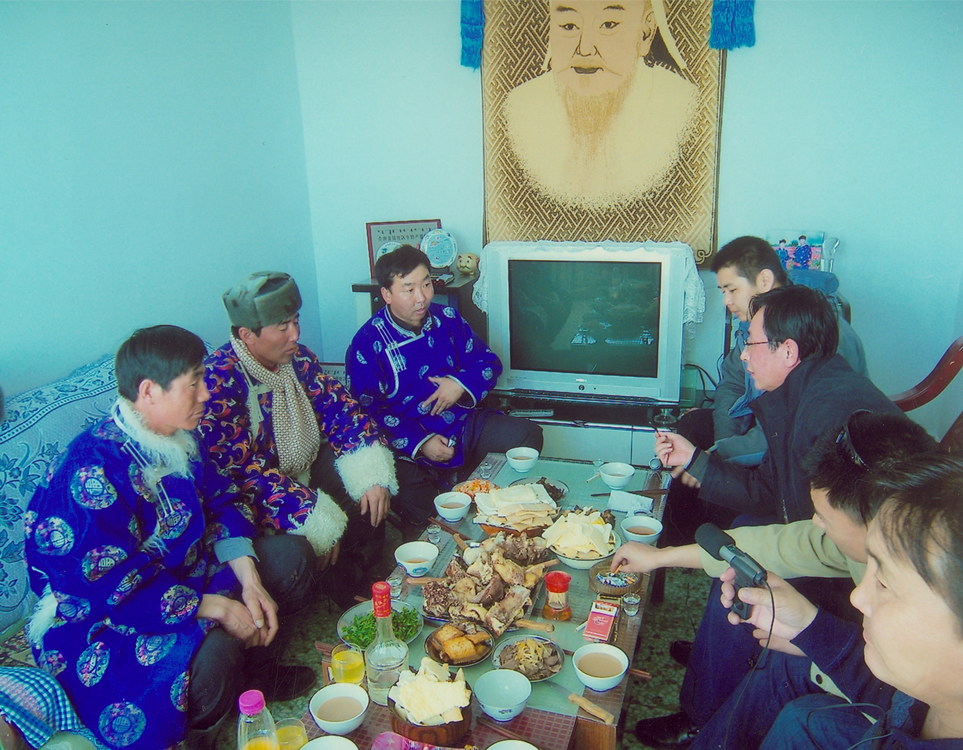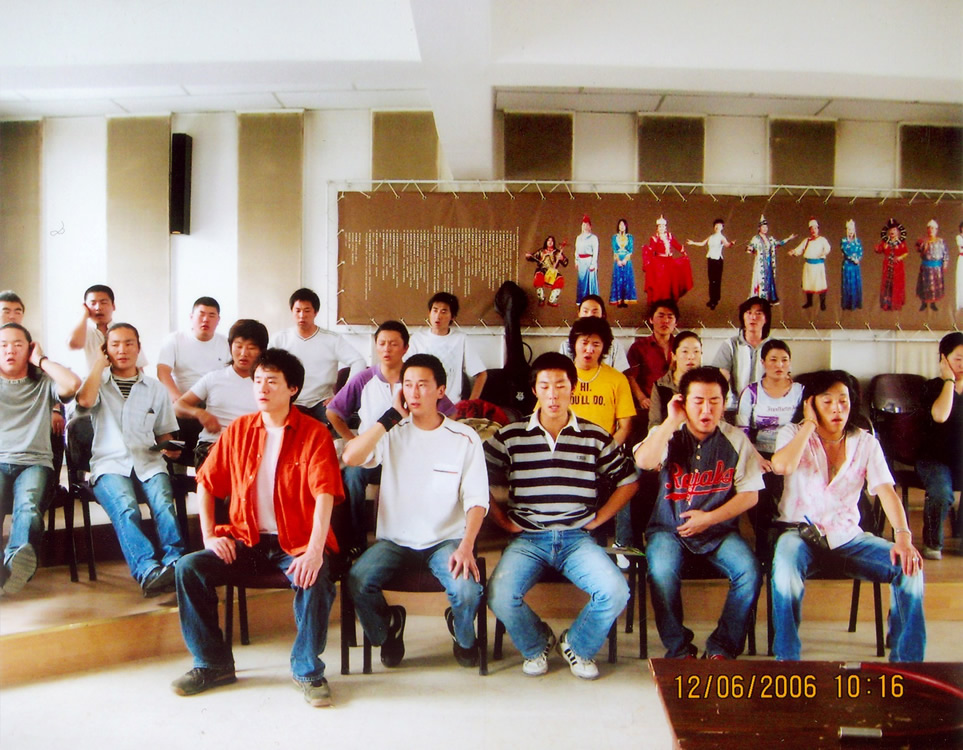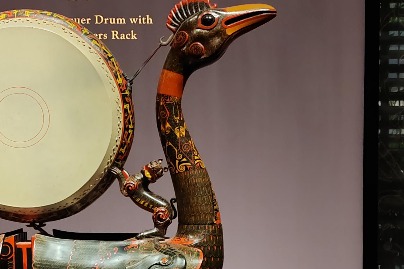Mongolian art of singing, Khoomei



The Mongolian art of singing: Khoomei, or Hooliin Chor ("throat harmony"), is a style of singing in which a single performer produces a diversified harmony of multiple voice parts, including a continued bass element produced in the throat. These singers may perform alone or in groups. Khoomei is practised today among Mongolian communities in several countries, especially in Inner Mongolia in northern China, western Mongolia and the Tuva Republic of Russia. Traditionally performed on the occasion of ritual ceremonies, songs express respect and praise for the natural world, for the ancestors of the Mongolian people and for great heroes. The form is reserved for special events and group activities such as horse races, archery and wrestling tournaments, large banquets and sacrificial rituals. The timing and order of songs is often strictly regulated. Khoomei has long been regarded as a central element representing Mongolian culture and remains a strong symbol of national or ethnic identity. As a window into the philosophy and aesthetic values of the Mongol people, it has served as a kind of cultural emissary promoting understanding and friendship among China, Mongolia and Russia, and has attracted attention around the world as a unique form of musical expression.
(Quoted from the entry of UNESCO Intangible Heritage List)




